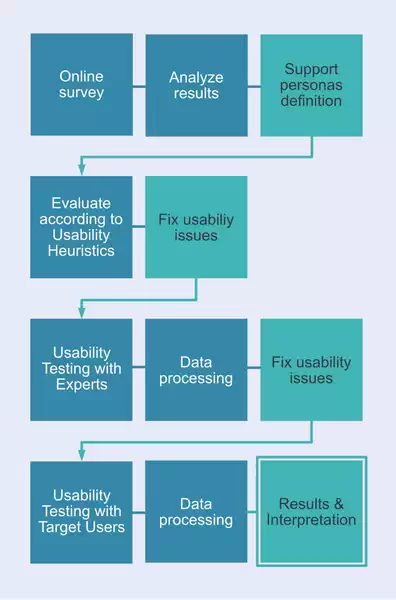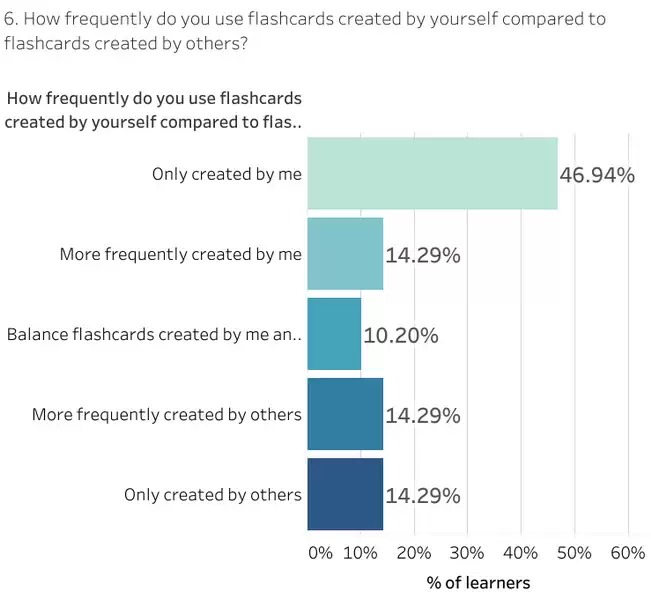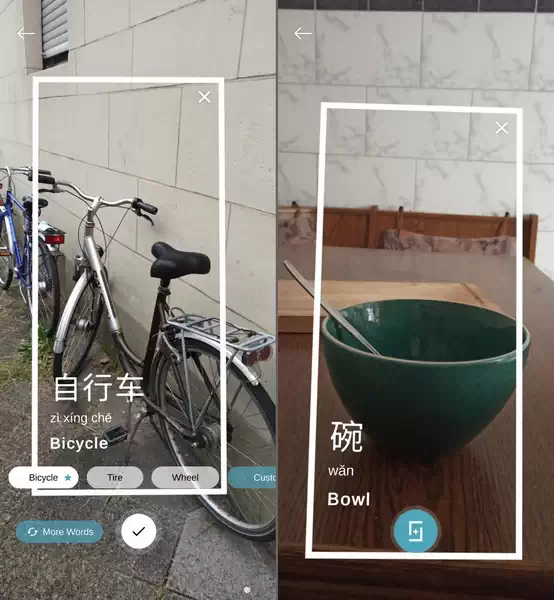用于对外汉语学习的AR情景抽认卡设计研究
| Keywords: | Mandarin Learning, Contextual Learning, Digital Flashcards, Augmented Reality, Image Recognition |
| 关 键 词: | 普通话学习,情境学习,数字抽认卡,增强现实,图像识别 |
Abstract
摘 要
目 录 · Contents
CHAPTER 1 INTRODUCTION
CHAPTER 2 LITERATURE REVIEW
2.1 Motivation and Foreign Language Acquisition
2.2 Rote memorization in Language Learning
2.3 Memories and Context in Language Learning
2.4 Digital Tools for Chinese Language Learners
2.5 Contextual Technologies in Language Learning
2.6 Capturing surroundings
2.7 Interfacing AI to the User
2.8 The Mobile AR Experience
2.9 Review Conclusions
CHAPTER 3 METHODOLOGY
3.1 Introduction to Methodology
3.2 Research Design
3.3 Data Collection
3.3.1 Preliminary Survey
3.3.2 Heuristic Evaluation
3.3.3 Usability Testing with Experts
3.3.4 Usability Testing with Chinese Learners
3.4 Data Analysis
3.5 Concluding Summary
CHAPTER 4 RESULTS
4.1 Results of the Survey
4.2 Results of the Heuristic Evaluation
4.3 Results of the Usability Testing with Experts
4.4 Results of the Usability Testing with Chinese Learners
CHAPTER 5 DISCUSSION AND INTERPRETATION
CHAPTER 6 DESIGN AND DEVELOPMENT
6.1 The Language Learner
6.2 Defining the Experience
6.3 Experience Design and Prototype Development
6.4 Design Reflections
CHAPTER 7 CONCLUSIONS AND LIMITATIONS
7.1 Conclusions
7.2 Limitations
BIBLIOGRAPHY
APPENDIX A QUESTIONNAIRE
APPENDIX B ATTRAK-DIFF QUESTIONNAIRE
APPENDIX C INTRINSIC MOTIVATION INVENTORY
APPENDIX D SURVEY NETWORK GRAPH
APPENDIX E LEARNERS’ INTERVIEW FINDINGS
ACKNOWLEDGEMENT
BIOGRAPHICAL NOTES AND ACADEMIC
ACHIEVEMENTS DURING THE PROGRAM































